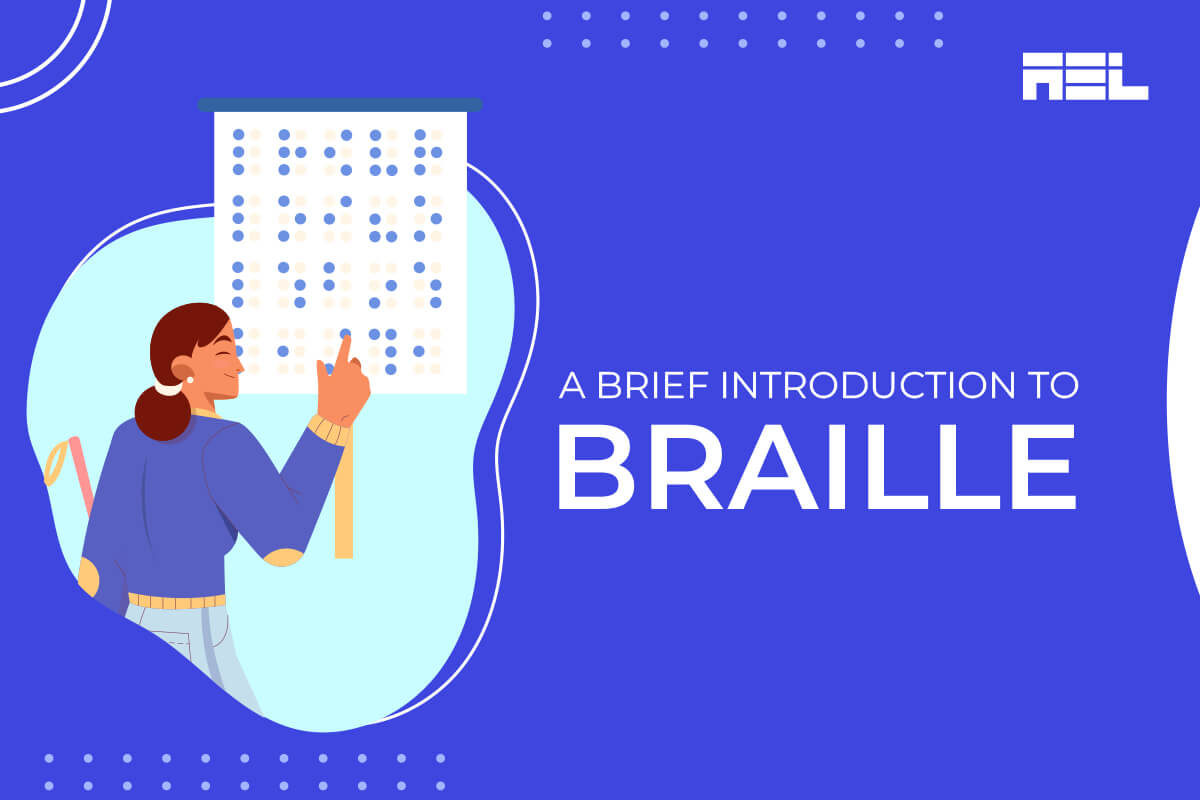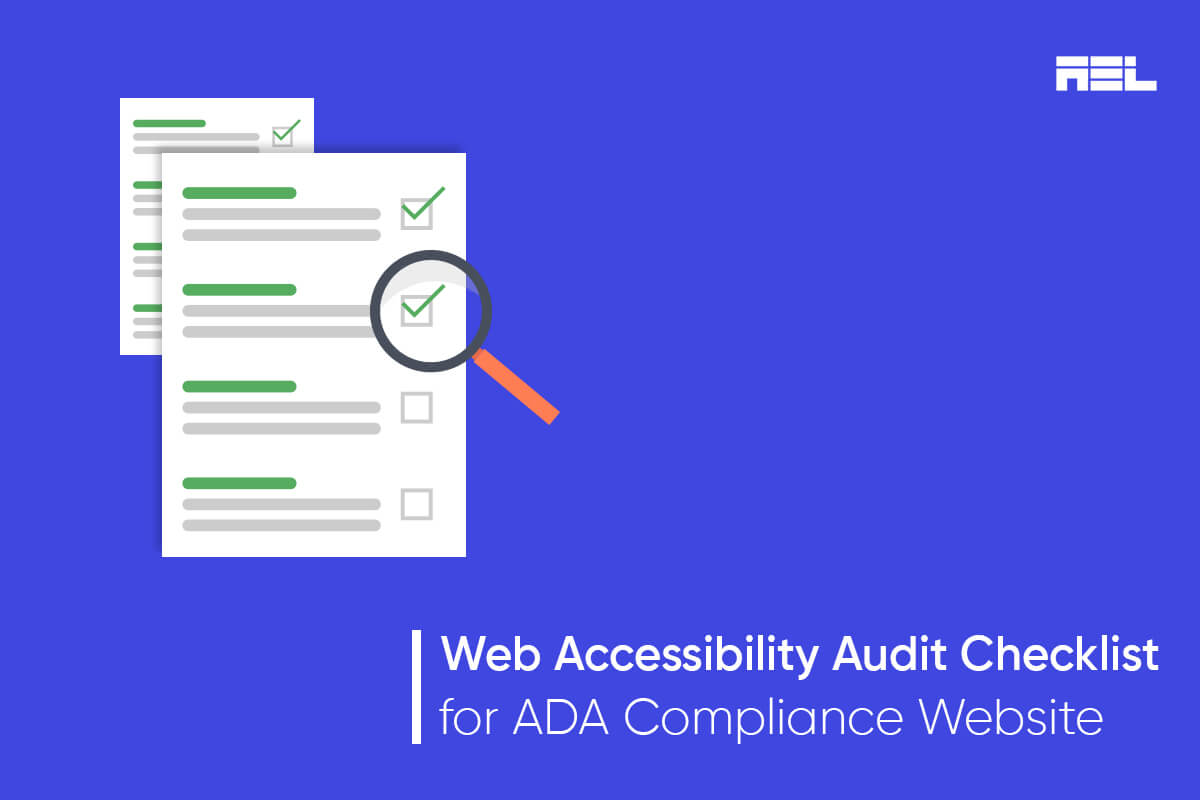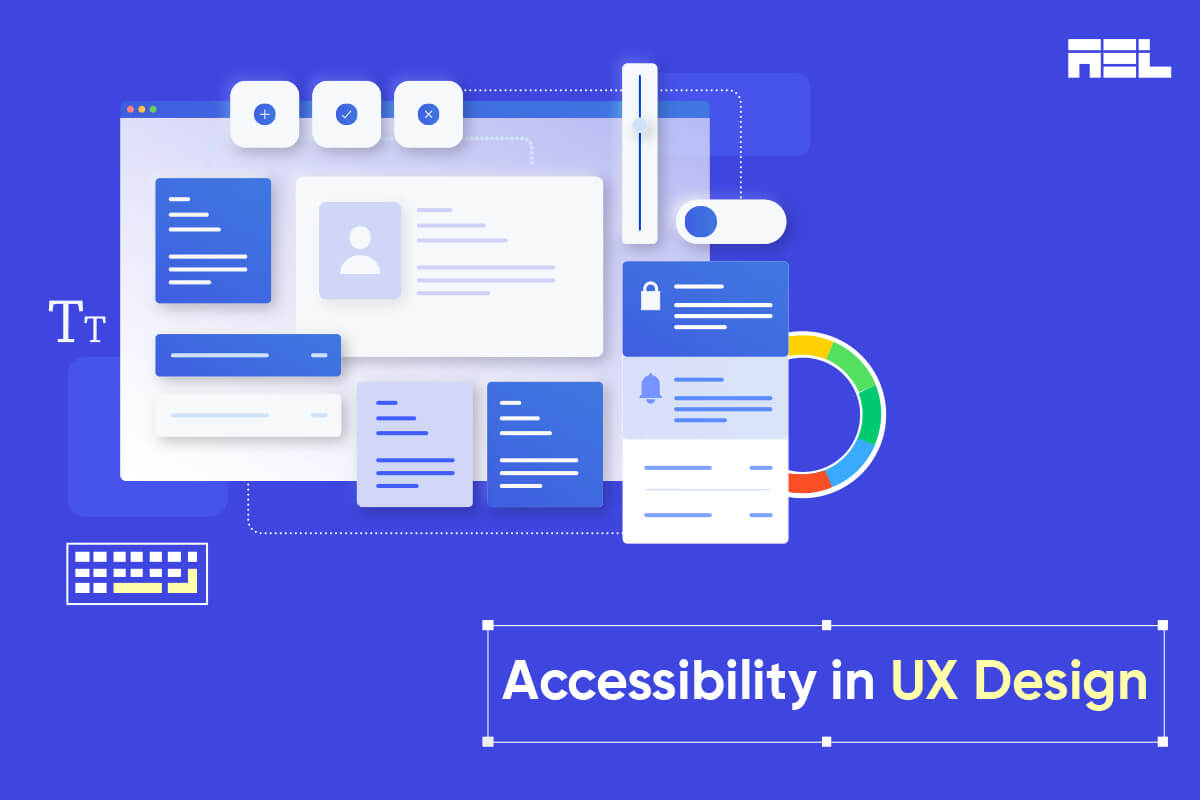When you hear the letter A, you instantly imagine the structure of that alphabet. However, this might not be the case with a person who is blind from birth. Therefore, they require a written language that helps them understand a language. Braille is a written language system for the blind, that empowers them by providing an efficient method for communication and learning. In this blog, we will go over the basic topics related to braille so that you have a clear understanding of braille.
What is Braille?
Braille is a tactile writing method used by visually impaired individuals, including the blind, deafblind, and those with low vision. It may be read on embossed paper or refreshable braille screens that can be connected to computers and smartphones.
How can a person read Braille?
To read Braille, one simply moves their finger over the dots from left to right. The Braille alphabet is written from right to left, with the dots being physically pressed into the paper and then read from the back.
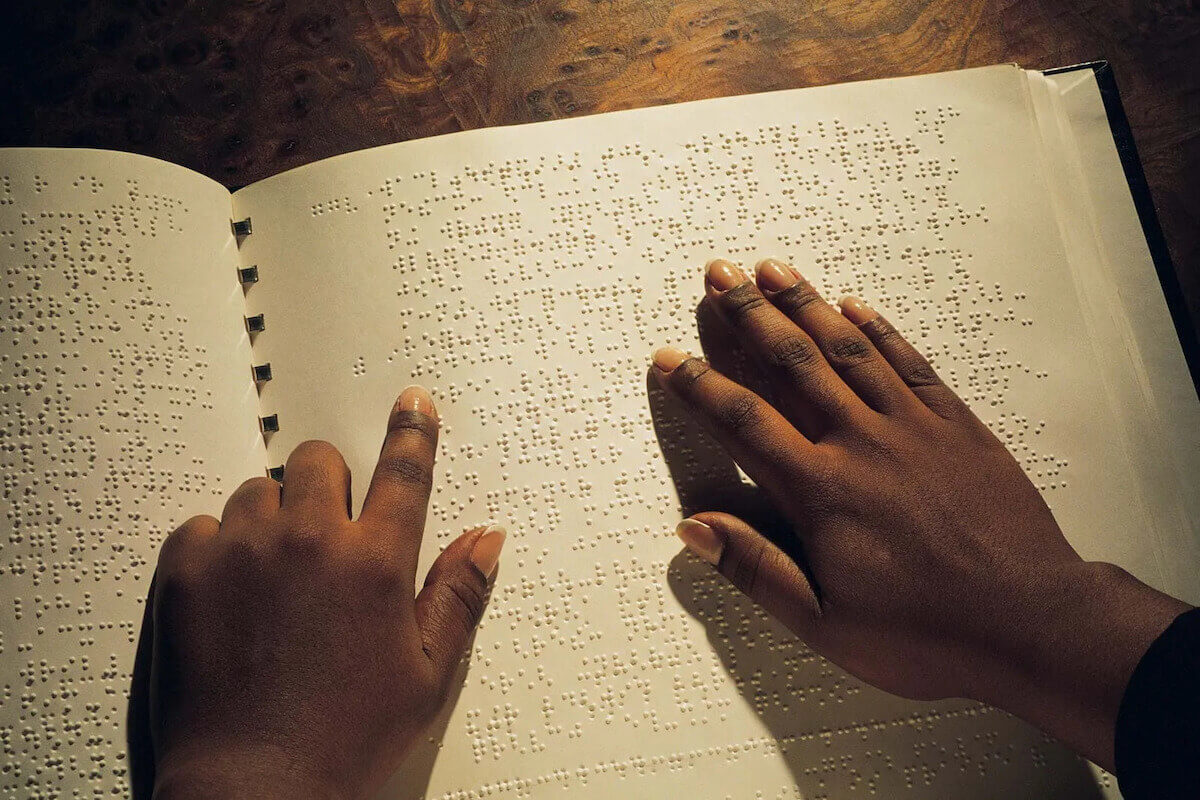
Here are some common methods to write Braille:
- Using a handheld stylus to produce imprints and a slate to hold the paper, one must physically push each dot into the paper.
- A Braille writer, which has one key for each of the six dots in a Braille cell
- It can also be written by attaching a QWERTY keyboard to a Braille printer.
Mastering these tools and reading Braille is conceptually similar to learning to read and write in the conventional print. Similar to how printed letters represent chunks of text, Braille cells represent individual letters. The first step is to study these signs and get familiar with their meanings.
Learning to identify letter patterns comes next and the end goal of this is the ability to understand individual words, whole phrases, and lengthy texts.
Many blind kids start reading Braille with the help of a primer, much like their classmates. However, many of these beginning primers depend on visual aids like images to help kids understand what they’re reading. Therefore, children with low or no vision may miss out on the educational benefits of this contextual information. As a result, many educators now include structured Braille literacy programs within their fundamental reading instruction. These curriculums are developed by a variety of firms and contain charts, tales, and other instructional materials. Some curricula are better suited to different age groups, with some aimed squarely at kids and others at grownups.
What are Braille codes?
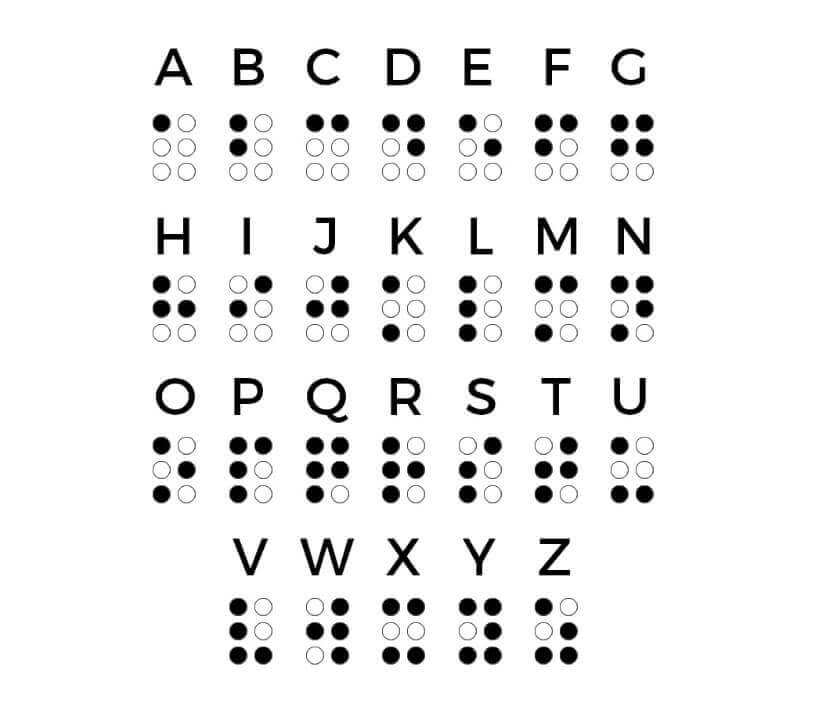
There are 63 different permutations of dots that may be used in a Braille cell of six dots. It may seem like this is more than enough; after all, the English language uses just 26 letters from the Latin alphabet, and the digits 0 through 9 may stand in for any actual number. Yet, there is a plethora of punctuation marks in addition to letters and numerals. Also, there is a need for Braille representations of scientific symbols, mathematical notation, and musical notes. Everything that can be read by a sighted user must also exist in Braille.
Therefore, Braille requires codes to completely convey the information to its readers. For example, in the United States, the Braille Authority of North America (BANA) publishes standards for several codes, such as:
- English Braille: This is used for literary material like novels and magazines
- Nemeth Code of Braille Mathematics and Scientific Notation: As the name suggests, is for math and science
- Computer Braille Code: It is used for learning programming languages, related materials program lines, computer commands, and filenames
- Braille Code for Chemical Notation: As the name suggests to learn chemical notation and nomenclature
- Music Braille Code: To understand musical notations
Many specialized codes use eight-dot cells as opposed to six-dot cells. For instance, an eight-bit ASCII code represents each ASCII character with one Braille character.
Several educators say that mastering Braille is essential for the education of a blind youngster. Many proponents of Braille education also contend that learning Braille as a kid is simpler than as an adult, making Braille education for children both practical and essential.
Currently, the Individuals with Disabilities Education Act (IDEA) mandates that U.S. schools offer Braille training for blind and low-vision kids who may need to use Braille in the future. This includes youngsters who can now see well enough to read big text or with a magnifying glass, but who may lose their eyesight in the future.
Wrapping up
Braille is something you see every day if you live in a city and, more specifically, if you work in a major office building. Elevator buttons, signs, and public map displays all have Braille text for the visually impaired. They’re so small that most people wouldn’t even see them if they weren’t looking for them; if you don’t need to read them, you may not even notice they’re there at all.
Because of this, blind individuals had limited access to school and the workforce before the development of Braille. The few blind schools that existed were more like residential workshops, emphasizing practical training over academics. All of that shifted when Louis Braille developed a methodology for reading and writing that could be used by the blind. Hopefully, our blog answers all your questions related to Braille. Know more about how disabilities affect users when they navigate the web. Click here to download your free accessibility handbook.
